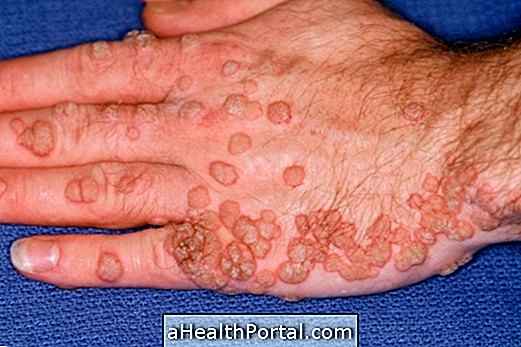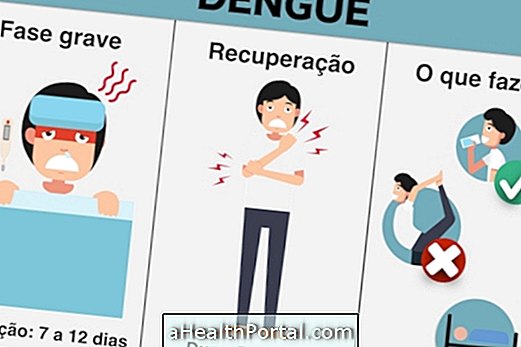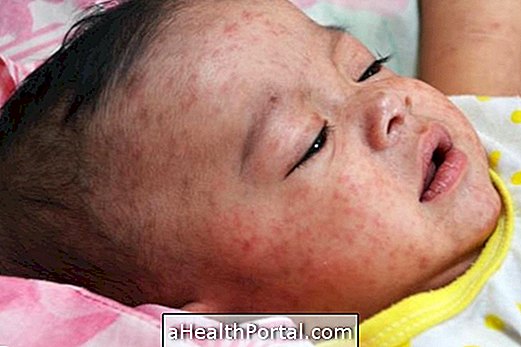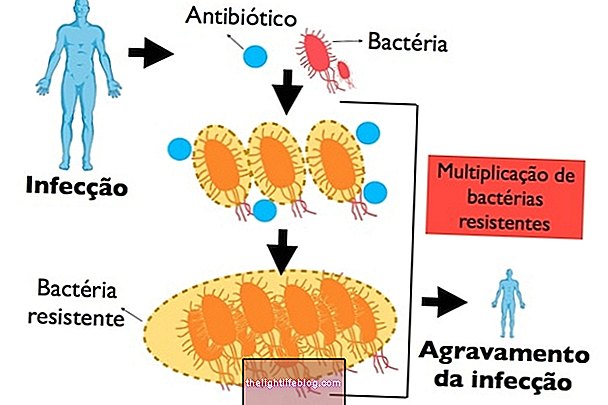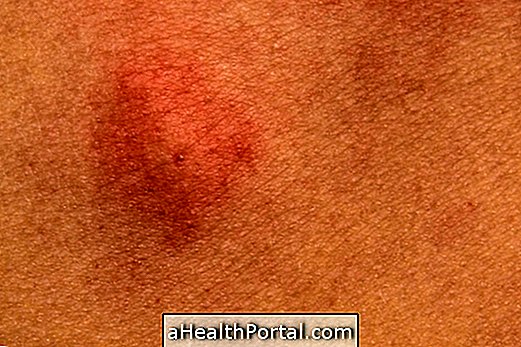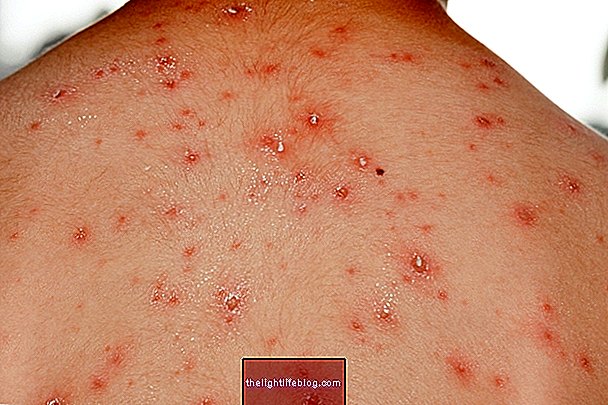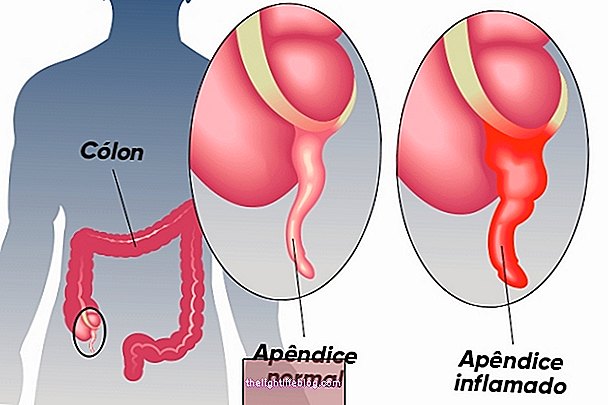Smallpox is a highly contagious infectious disease caused by the virus belonging to the genus Orthopoxvirus, which can be transmitted through droplets of saliva or sneeze, for example. Upon entering the body, this virus grows and multiplies within the cells, leading to the appearance of symptoms such as high fever, body aches, intense vomiting and the appearance of blisters on the skin.
When infection occurs, treatment aims to reduce the symptoms of the disease and prevent transmission to other people, and the use of antibiotics to prevent the onset of associated bacterial infections may also be indicated.
Despite being a serious, highly contagious disease that has no cure, smallpox is considered eradicated by the World Health Organization due to the success related to vaccination against the disease. Despite this, vaccination can still be recommended due to the fear associated with bioterrorism, and it is important to prevent the disease.

Smallpox virus
Smallpox Symptoms
Smallpox symptoms appear between 10 and 12 days after infection by the virus, the initial signs and symptoms being:
- High fever;
- Muscle aches in the body;
- Backache;
- General malaise;
- Intense vomiting;
- Nausea;
- Belly pains;
- Headache;
- Diarrhea;
- Delirium.
A few days after the onset of the initial symptoms, blisters appear in the mouth, face and arms that spread quickly to the trunk and legs. These blisters can be easily burst and lead to scarring. In addition, after a while, the blisters, especially those on the face and trunk, become more hardened and appear to be attached to the skin.
Smallpox Transmission
The transmission of smallpox happens mainly through inhalation or contact with saliva of people infected by the virus. Although less common, transmission can also occur through personal clothing or bedding.
Smallpox is more contagious in the first week of infection, but as scabs form on the wounds, there is a decrease in transmissibility.
How is the treatment
Smallpox treatment aims to relieve symptoms and prevent secondary bacterial infections, which can happen due to the fragility of the immune system. In addition, it is recommended that the person be in isolation to prevent the transmission of the virus to other people.
In 2018 the drug Tecovirimat was approved, which can be used against smallpox. Although the disease has been eradicated, its approval was due to the possibility of bioterrorism.
Smallpox prevention should be done through the smallpox vaccine and avoiding contact with infected people or objects that have had contact with the patient.
Smallpox Vaccine
The smallpox vaccine prevents the onset of the disease and helps to cure it or reduce its consequences if administered within 3-4 days after the patient has contracted the infection. However, if the symptoms of the disease have already appeared, vaccination may have no effect.
Smallpox vaccine is not part of the basic vaccination schedule in Brazil, as the disease was considered eradicated more than 30 years ago. However, the military and health professionals may request to be vaccinated to prevent possible contagion.
Was this information helpful?
Yes No
Your opinion is important! Write here how we can improve our text:
Any questions? Click here to be answered.
Email in which you want to receive a reply:
Check the confirmation email we sent you.
Your name:
Reason for visit:
--- Choose your reason --- DiseaseLive betterHelp another personGain knowledge
Are you a health professional?
NoMedicalPharmaceuticalsNurseNutritionistBiomedicalPhysiotherapistBeauticianOther
Bibliography
- MSD MANUAL. Smallpox. Available in: . Accessed on 03 Jul 2019
- LEVI, Guido Carlos; KALLAS, Esper G. Smallpox, its vaccine prevention and threat as a bioterrorism agent. Rev Assoc Med Bras. Vol 48. 4th ed; 357-362, 2002
- CDC. Smallpox. Available in: . Accessed on 03 Jul 2019

